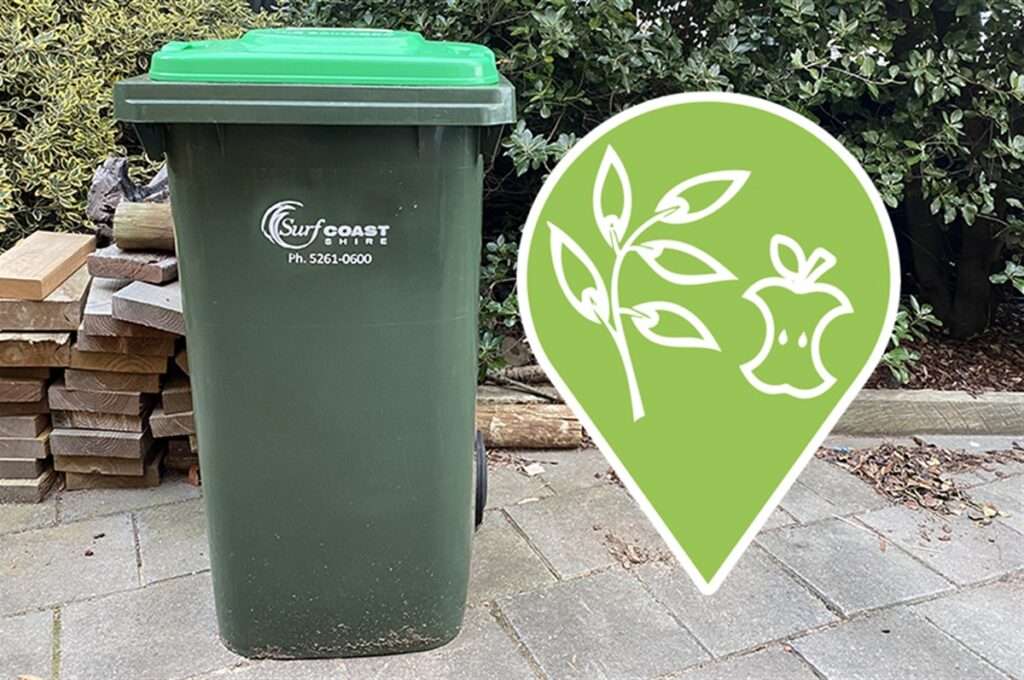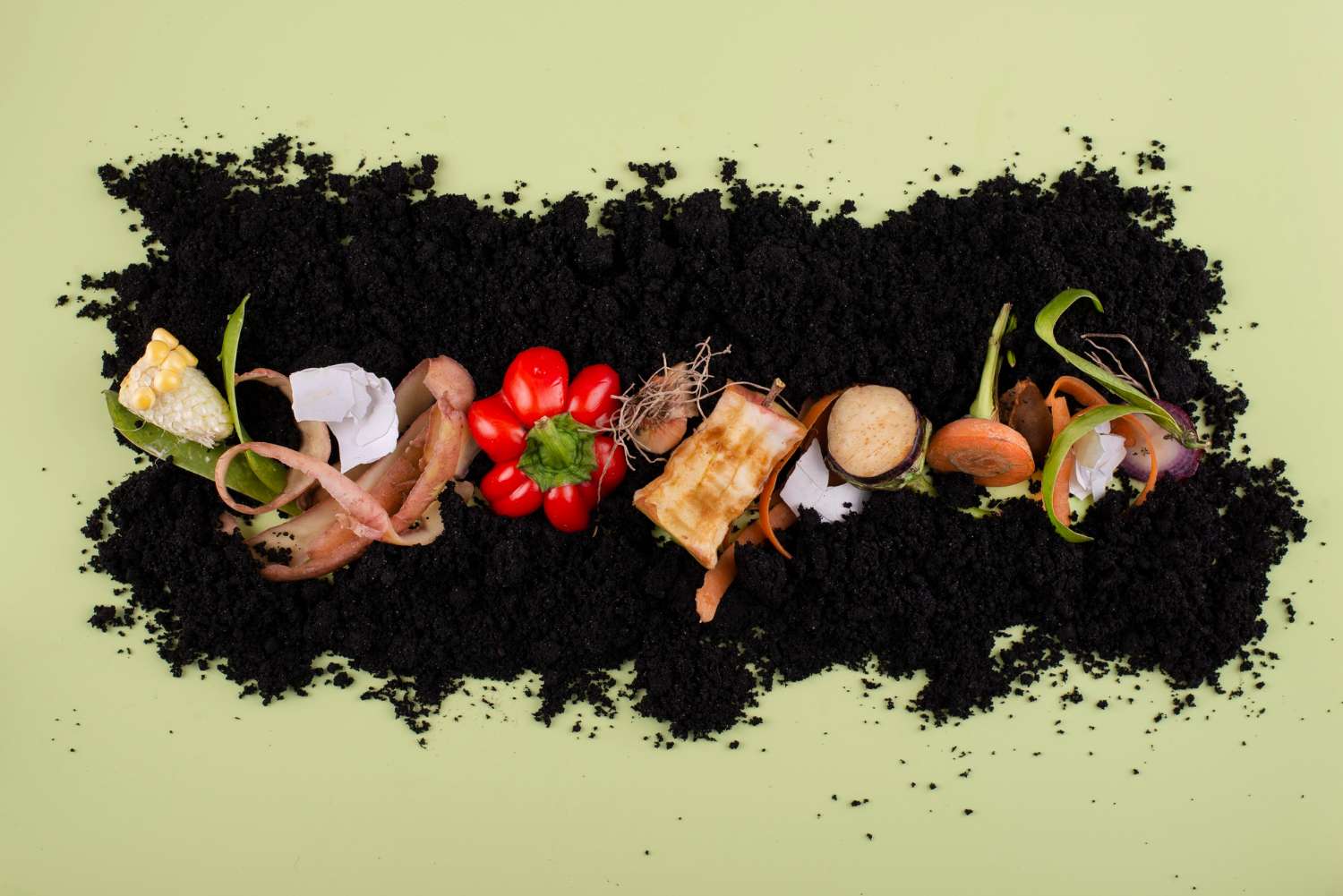So, you’ve nailed meal planning and perfected your veggie scrap broth, now it’s time to level up and turn waste into something truly valuable: rich, crumbly compost. Composting is a vital step in zero waste living, and it’s easier than you might think.
Whether you’ve got a sprawling backyard or a cosy apartment balcony, there’s a composting method for you. Ready to dive in? Here’s everything you need to get started, avoid common composting mistakes, and keep your pile smelling earthy (not…questionable).
Why Composting Matters
When food waste ends up in landfills, it decomposes without oxygen, producing methane, a greenhouse gas 28 times more potent than carbon dioxide. Composting offers a simple solution by recycling food scraps into healthy soil and drastically cutting down your carbon footprint.
How to Compost at Home: Step-by-step
1. Choose Your Composting Method
There’s no one-size-fits-all approach. Here are some of the most popular composting methods in Australia:
Traditional Compost Bin (Backyard Method)
- Best for: Homes with outdoor space.
- How it works: Collect food scraps and garden waste in a compost bin. Layer nitrogen-rich “greens” (food scraps) with carbon-rich “browns” (dry leaves, cardboard), and turn it regularly to keep it aerated.

Bokashi Bin (Fermentation Method)
- Best for: Indoor composting or small spaces.
- How it works: This airtight bin uses a special bran to ferment your scraps. It’s quick, doesn’t smell, and can handle meat and dairy, unlike traditional bins.

Worm Farm (Vermicomposting)
- Best for: Urban composters and anyone who loves worms.
- How it works: Worms digest your scraps and produce worm castings (aka black gold), one of the best natural fertilisers.

Council Compost or FOGO Bin
- Best for: Low-effort composting.
- How it works: Some councils offer Food Organics and Garden Organics (FOGO) bins – the ones with the green lids. Toss your organic waste in, and they’ll handle the rest.

Where to purchase?
Most types of compost bins can be purchased at Bunnings, but we recommend looking for a secondhand version at the dump or on Marketplace first!
Interested in some DIY options? Find out how to build a DIY compost bin
2. Know What You Can (and Can’t) Compost
Compostable Items
- Greens (Nitrogen-rich): Fruit and vegetable scraps, coffee grounds, tea bags, fresh grass clippings.
- Browns (Carbon-rich): Dry leaves, cardboard, newspaper, shredded paper, sawdust.
Avoid Composting (Unless Using Bokashi)
- Meat, dairy, and oily foods
- Citrus peels in large amounts
- Processed foods
- Weeds with seeds
- Plastic, glass, or metal (obviously)
3. Balance Your Greens and Browns
Healthy compost needs the right ratio of greens to browns. Aim for:
- 2–3 parts browns (dry leaves, shredded cardboard)
- 1 part greens (food scraps, coffee grounds)
Too many greens = a smelly, soggy mess.
Too many browns = slow decomposition.
4. Turn and Aerate the Pile
Composting needs oxygen. If you’re using a traditional compost bin, turn the pile weekly to keep it aerated. Worm farms need less attention, but gently stirring the bedding occasionally helps.
5. Harvest Your Black Gold
Depending on your composting method, your compost will be ready in 6 weeks to 6 months. It should look dark, crumbly, and smell pleasantly earthy.
How to Use Your Compost
- Mix it into garden beds for healthier plants.
- Sprinkle it on pot plants.
- Use it as a top dressing for lawns.
Troubleshooting Common Compost Problems
It’s Too Smelly
- Cause: Too many greens or poor aeration.
- Fix: Add more browns and turn the pile regularly.
It’s Too Dry
- Cause: Not enough greens or moisture.
- Fix: Add fresh veggie scraps or lightly water the pile.
There Are Pests
- Cause: Meat, dairy, or oily foods in the pile.
- Fix: Remove those items and secure the bin with a lid or mesh cover.
Composting Tips for Apartment Owners
You don’t need a backyard to compost! Worm farms and bokashi bins are compact, odour-free options that fit under your sink or on a balcony.
Bonus: They produce compost tea – or worm wee- a liquid fertiliser that your indoor plants will love.
Composting FAQs
How do I start composting at home?
Start by choosing a composting method (traditional bin, worm farm, or bokashi), gather food scraps, and balance greens and browns.
What’s the easiest composting method for beginners?
A Bokashi bin is ideal for beginners, especially in indoor spaces. It’s low-maintenance and odour-free.
Can I compost meat and dairy?
Not with a traditional bin or worm farm, but a Bokashi bin can handle these items in a controlled environment.
How long does composting take?
It can take anywhere from 6 weeks to 6 months, depending on the method and how often you turn the pile.
What do I do if my compost smells bad?
Add more browns (dry leaves, shredded paper), turn the pile, and ensure proper aeration.
What’s the best composting option for someone who travels often?
A Bokashi bin or worm farm are ideal for people on the go. They’re compact, odour-free, and easy to maintain, even if you’re away for a few days.
Where can I buy a compost bin, worm farm, or Bokashi setup in Australia?
You can find composting supplies at stores like Bunnings, your local greenhouse, and online retailers such as Bokashi Composting Australia and Biome.
Can I compost in a rental property without making a mess?
Yes! Bokashi bins and worm farms are perfect for renters. They don’t require outdoor space, and they can be easily contained to avoid messes.
Does my local council offer FOGO bins or composting workshops?
Many Australian councils now provide FOGO bins or offer workshops on composting. Check your local council’s website for more info.
How does composting reduce my carbon footprint compared to other green living practices?
Composting reduces the amount of food waste that ends up in landfills, which in turn helps reduce methane emissions. By turning waste into valuable soil, you’re helping to close the loop in the waste cycle and promoting a circular economy.
Composting isn’t just a gardening hack, it’s a powerful way to reduce landfill waste and protect the environment. By turning scraps into soil, you help cut greenhouse gas emissions and keep Australia’s landscapes beautiful.
Whether you’re a seasoned worm farmer or a composting newbie, every peel, stem, and coffee ground makes a difference.

